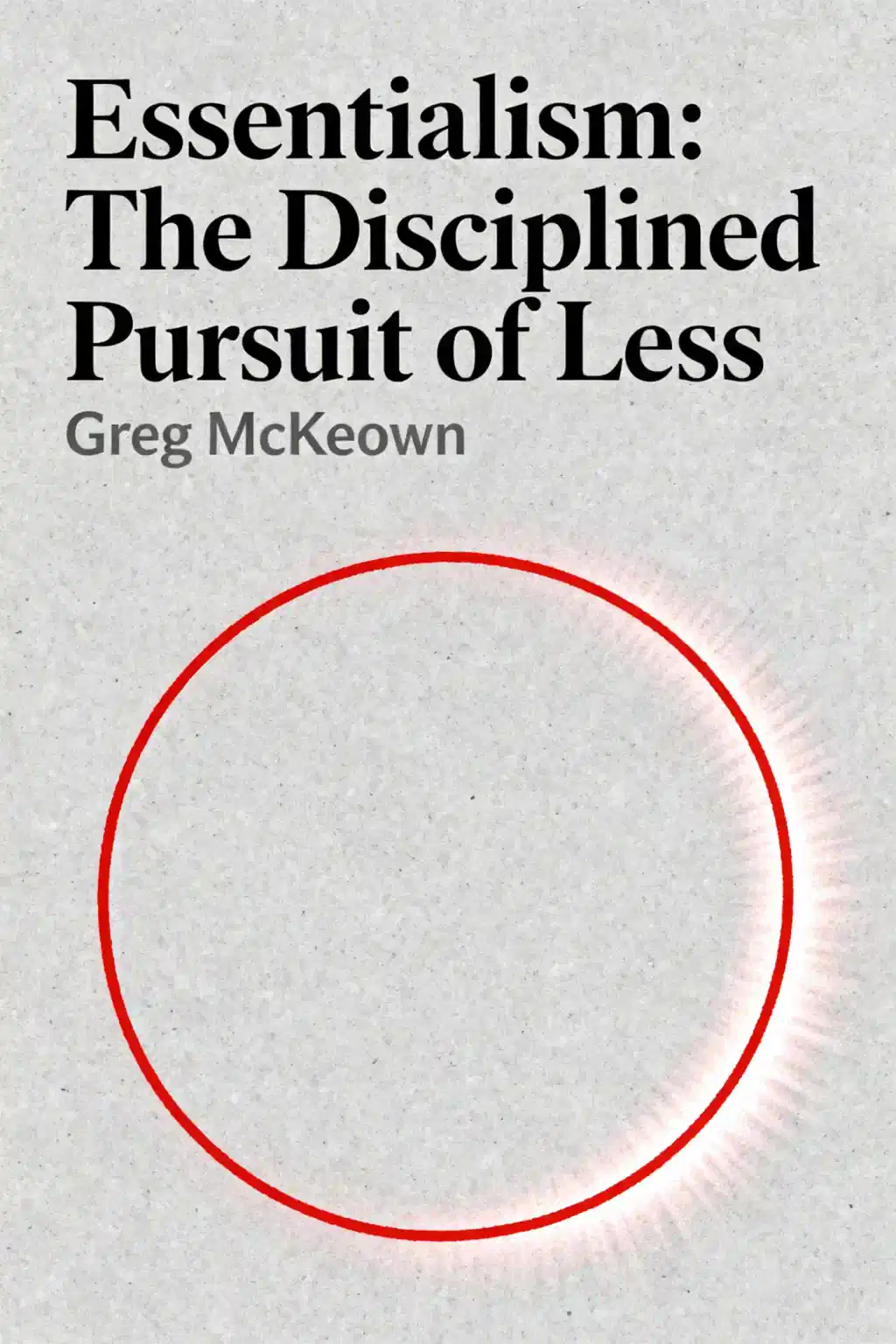What is
Smart Brevity about?
Smart Brevity provides a systematic approach to clear, concise communication in an era of information overload. It emphasizes four core steps: crafting attention-grabbing headlines, delivering sharp opening sentences, explaining why the message matters, and offering optional deeper insights. The method helps professionals write emails, presentations, and content that busy audiences will actually read.
Who should read
Smart Brevity?
The book is ideal for business leaders, marketers, journalists, and anyone needing to communicate effectively in fast-paced environments. Its principles apply to emails, social media, reports, and speeches, making it valuable for CEOs, educators, and team leaders seeking to improve engagement and save time.
Is
Smart Brevity worth reading?
Yes—it offers actionable strategies backed by Axios’s success in media. Readers gain tools to eliminate fluff, structure messages for skimmability, and use bold text/headings strategically. Critics note it’s particularly useful for business contexts but may oversimplify nuanced topics.
What are the 4 cores of the Smart Brevity method?
- Tease: A 6-word headline to hook attention.
- Lede: One strong opening sentence with the key point.
- Context: A “Why It Matters” explanation.
- Dig Deeper: Optional details for interested readers.
How can
Smart Brevity improve workplace communication?
The method streamlines emails, meetings, and presentations by prioritizing brevity. Examples include using bullet points for key ideas, bold text for skimmability, and frontloading critical information. This reduces misinterpretation and ensures decisions happen faster.
What are the best quotes from
Smart Brevity?
- “Brevity is confidence. Length is fear.”
Emphasizes trust in concise messaging.
- “If you see everything, you remember nothing.”
Advocates focusing on essential information.
- “Just say it. Then stop.”
Encourages directness without over-explaining.
How does
Smart Brevity compare to
On Writing Well?
While On Writing Well focuses on craft and storytelling, Smart Brevity prioritizes speed and efficiency. The latter is better for digital/social media contexts, whereas Zinsser’s classic suits long-form writing. Both stress clarity but differ in audience and purpose.
What are criticisms of
Smart Brevity?
Some argue it risks oversimplifying complex topics and leans too heavily on corporate/marketing communication. Critics also note its formulaic approach may stifle creativity in non-business contexts, like literature or academic writing.
How does
Smart Brevity apply to social media?
The book advises using emojis, visuals, and hashtags to enhance short posts. Platforms like Twitter/X and LinkedIn benefit from its “Tease-Lede-Context” structure, ensuring posts grab attention quickly while offering substance.
Who is Jim VandeHei, co-author of
Smart Brevity?
VandeHei is co-founder of Axios and Politico, two media giants known for concise news delivery. A former White House reporter, he pioneered the “bullet-point journalism” style that informed Smart Brevity’s principles.
Can
Smart Brevity help with public speaking?
Yes—the book recommends opening speeches with a clear thesis, using slides sparingly, and structuring talks around 2-3 key takeaways. This aligns with TED Talk strategies, ensuring audiences retain core messages.
Is
Smart Brevity relevant in 2025?
Absolutely. With attention spans shortening and AI-generated content rising, its emphasis on human-centric, skimmable communication remains critical. The method adapts well to emerging platforms like AI chatbots and micro-video formats.














